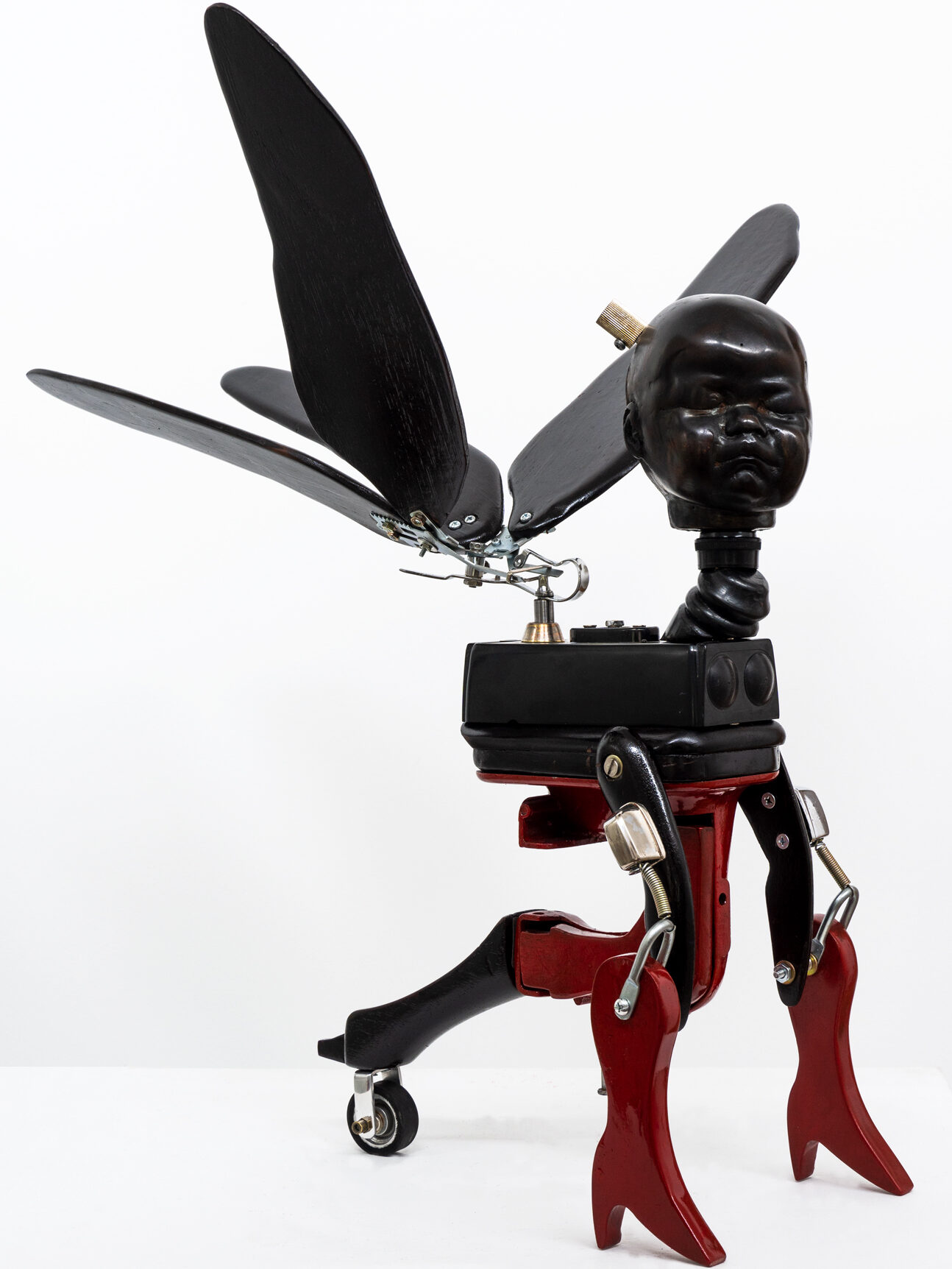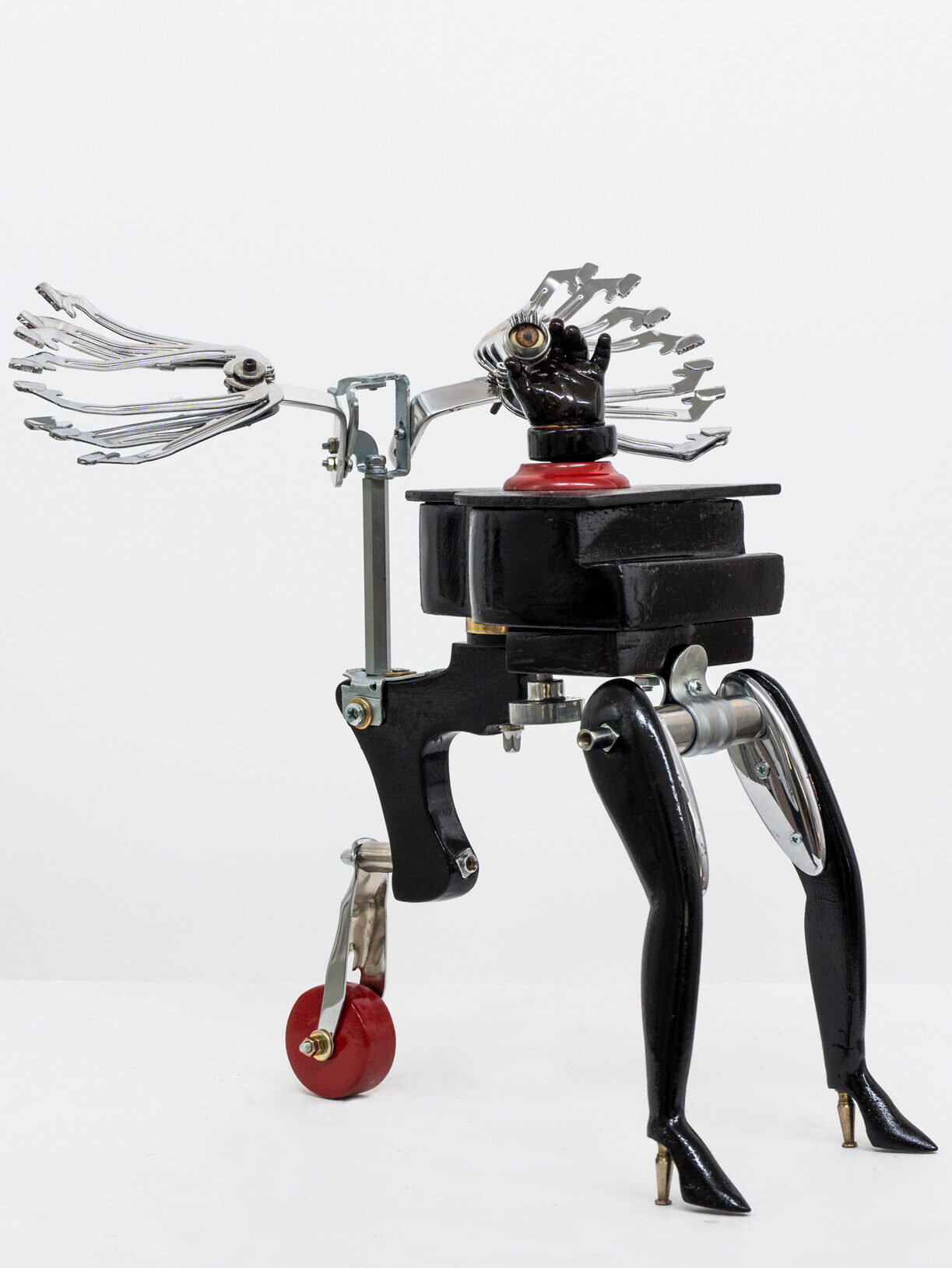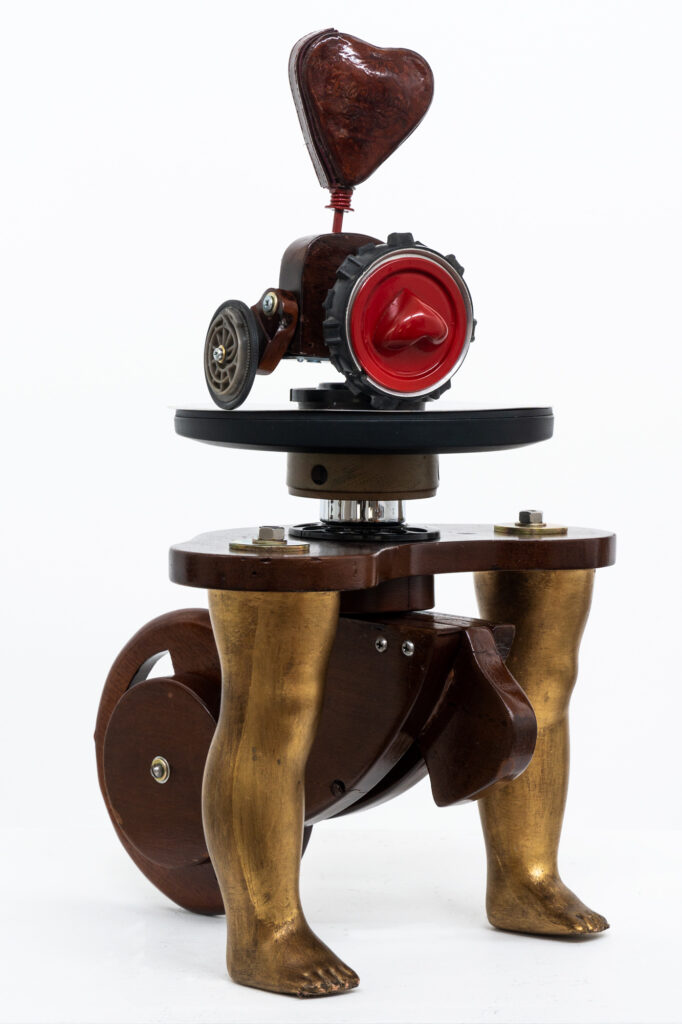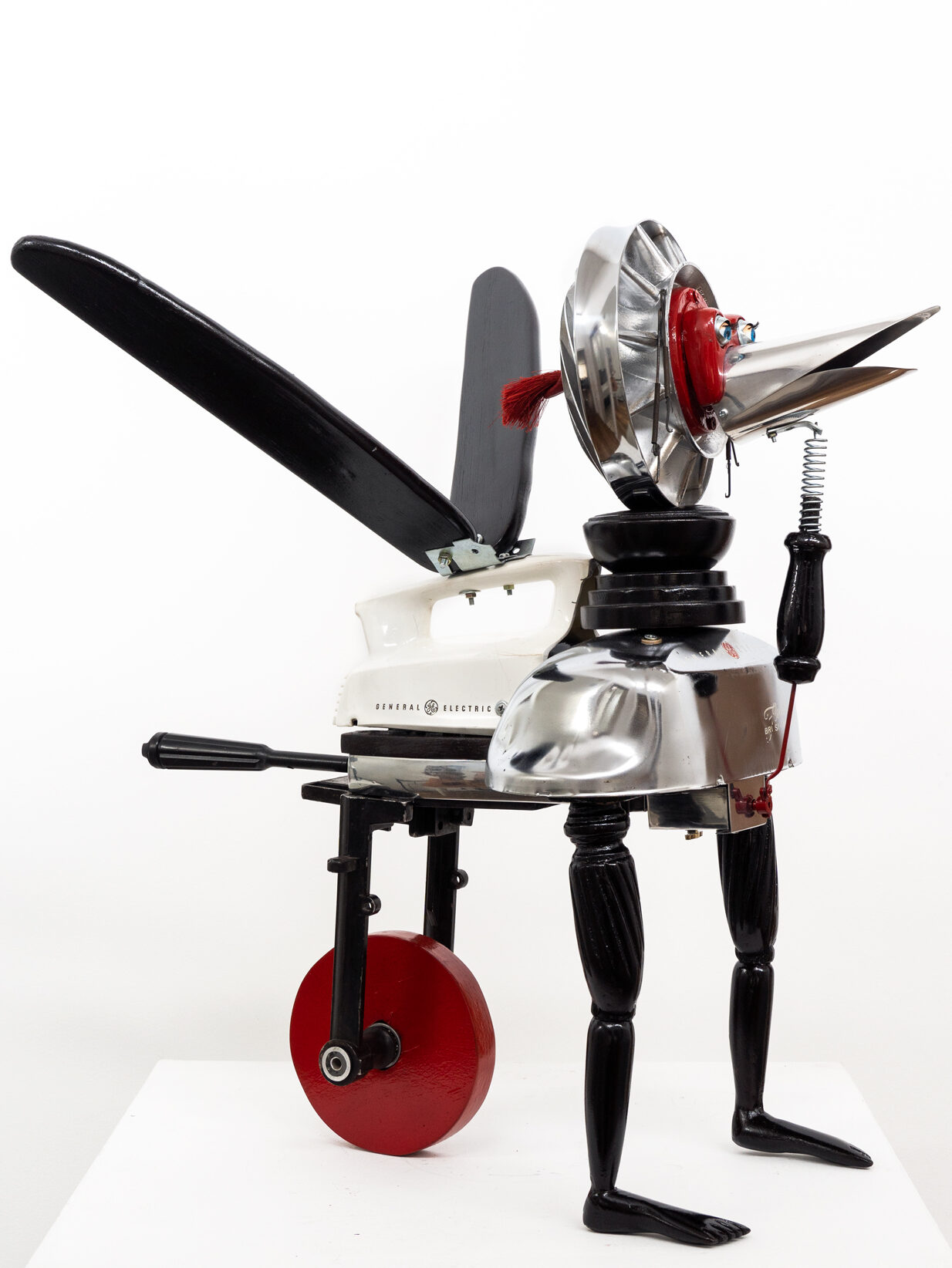Carlos Verona | UNTITLED, Art Miami Beach 2023 | NEST Section
Carlos Verona is a Colombian visual artist, writer, and cultural manager. His artistic career has unfolded in both local and global contexts, with individual and collective exhibitions in cultural centers, art galleries, universities, and museums in Colombia and around the world. Some national sites include the Museum of Contemporary Art in Bogotá, the Museum of Modern Art in Bucaramanga, the Cooperative University of Colombia, the University of Caldas, and the Virgilio Barco Library. In Miami, Florida, he was part of Wynwood Selection. In Mexico, he exhibited at the Casa del Lago cultural center in Veracruz and the Museum of Fine Arts in Caracas, Venezuela. He has exhibited numerous times in Cuba and has presented his work in Spain, Ecuador, Bolivia, and Uruguay.
His body of work has developed around the idea of plasticity and sound through analog techniques. Verona conceives matter as a pure flow, following the precepts of Henri Bergson regarding the physical and the spiritual, two dimensions defined by constant transformation, by their becoming and unbecoming, and their evolution. He situates matter in almost photographic moments, based on a new conception of the universe, posed from the very birth: the origin, the root, connects either with sexuality or with death itself. The artist engages in a historical debate where he values what time has forgotten while finding thousands of objects, symbols linked to different voices, in a mute and decadent society. His reflection, his specular image, turns the world around him into a paradise of possibilities, extensive configurations that recreate the world of objects.
Verona studies, imagines, looks, assembles, and constructs objects; he gives them life, resurrects them, transfigures them, and refigures them to confront the mortuary atmosphere that radiates from the environment. He embraces elements he envisions and those he discovers, which in the past were useful to their owners and were then abandoned to their fate. The artist builds, rebuilds, and deconstructs while decontextualizing them from their disposable environment and placing them in a vital context.
The assemblages of the Raptors series are of a kinetic-playful nature, resembling musical toys that transport us to imaginary “mythical-libertarian” beings characteristic of Latin American indigenous cultures. Each piece exists thanks to discarded materials whose purpose has been reformulated to create subjects that oscillate between the monstrous and the technological. Looking to the past, Verona proposes a vision of the future filtered through ancestral and obsolete technologies. In a play of humor
and sharp critique, the artist confronts the viewer with animated beings, intimidating and charming at the same time, reminiscent of childhood, whether a literal or metaphorical one, through their shapes and sounds. Simultaneously, he distorts reality to encapsulate both the current social decay and the creative richness offered by discarded materials.







